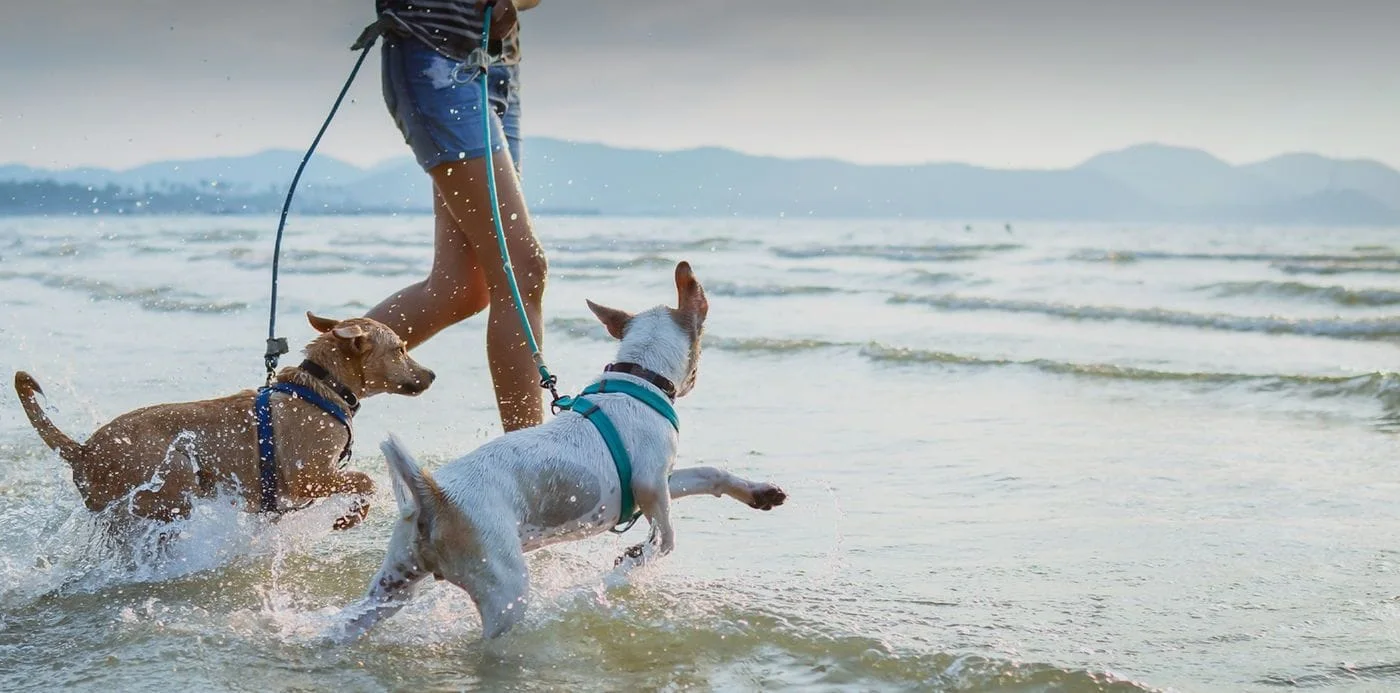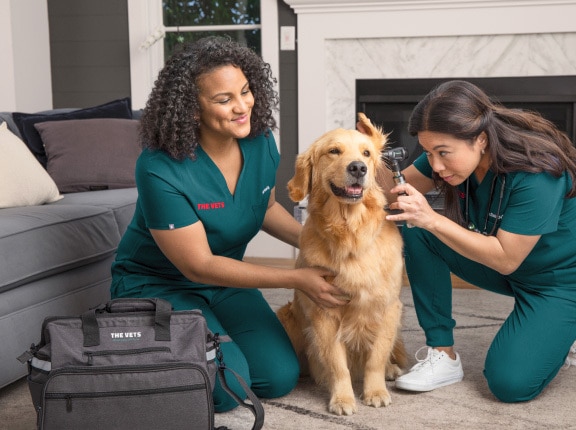Top Mistakes to Avoid Before, During, and After tplo surgery
Top Mistakes to Avoid Before, During, and After tplo surgery
Blog Article
All About Vet Surgical Procedure: Comprehending the Importance of Professional Take Care Of Your Pets
Veterinary surgical procedure is an important element of family pet health care. It includes different procedures, from regular optional surgical treatments to urgent treatments. Recognizing the ins and outs of these surgical procedures can assist family pet owners make educated decisions. The prep work, execution, and recuperation phases are necessary for ensuring the wellness of animals. With appropriate knowledge, owners can browse the intricacies of veterinary care. What elements should be considered prior to a pet undergoes surgery?
Kinds Of Vet Surgeries
When a family pet calls for medical intervention, recognizing the different kinds of veterinarian surgeries can assist pet owners make notified decisions. Vet surgical treatments can be broadly classified into three major types: optional, urgent, and emergency situation surgical treatments. Optional surgeries, such as spaying or neutering, are intended treatments that are not right away life-threatening. Immediate surgical procedures, like those for international body elimination, should be executed soon but are not dangerous in the moment. Emergency situation surgical procedures, such as those attending to extreme trauma or inner bleeding, are important and need immediate attention.Additionally, surgeries can vary in complexity, varying from minimally invasive laparoscopic treatments to a lot more substantial open surgical procedures. Each sort of surgery brings its own threats and recovery processes. Comprehending these classifications allows pet owners to engage in significant conversations with veterinarians, causing better results for their cherished pets.
Getting ready for Your Family pet's Surgical procedure
Planning for a pet dog's surgical treatment includes a detailed checklist to guarantee all fundamentals are covered. Effective interaction with the vet is vital for comprehending the procedure and any needed pre-operative actions - tplo surgery for dogs. Furthermore, having clear post-operative treatment instructions will help owners provide the finest assistance for their recovering family pets
Pre-Surgery Checklist Basics
Assuring a smooth medical experience for a pet dog requires careful preparation and focus to information. A pre-surgery checklist is essential for family pet proprietors to follow. Validating the scheduled surgery date and time is important. Owners need to additionally confirm that their family pet has fasted according to the veterinarian's guidelines, generally for 8-12 hours before surgical procedure. Collecting required medical documents, including vaccination history, is vital for the vet's testimonial. It is also recommended to prepare a comfortable space in your home for the pet's healing after surgical treatment. Lastly, owners need to have a plan for transportation to and from the vet facility, ensuring that the pet dog is safe and comfy throughout the journey. Complying with these steps can significantly boost the surgical experience.
Interacting With Your Vet

Efficient communication with the vet is important for a successful medical experience for family pets. Proprietors need to be prepared to review their animal's clinical background, consisting of any type of pre-existing problems, drugs, and allergies. This information assists the vet analyze risks and tailor the surgical strategy appropriately. Furthermore, pet proprietors ought to ask questions pertaining to the procedure, anesthetic, and expected results to assure they totally recognize the procedure. Making clear any kind of uncertainties can ease anxiousness for both the animal and the owner. It is additionally important to communicate any kind of behavior modifications or worries observed in the pet leading up to the surgical procedure. Inevitably, clear discussion promotes trust fund and cooperation, making sure that family pets obtain the ideal possible treatment during their medical trip.
Post-Operative Treatment Instructions
After going over the surgical treatment with the veterinarian, animal owners should concentrate on post-operative treatment directions to assist in a smooth recuperation for their animals. These directions typically consist of keeping track of the surgical website for signs of infection, such as redness or discharge. Family pets might require to be kept one's cool and constrained to avoid extreme motion that could interfere with recovery. Discomfort monitoring is essential, so proprietors ought to follow the veterinarian's assistance on administering medicines. Furthermore, nutritional limitations might be encouraged to prevent intestinal distress. Routine follow-up visits are essential to assure proper healing and resolve any concerns. By sticking to these post-operative care guidelines, animal proprietors can greatly add to their pet's recuperation and overall health.
The Surgical Process Explained
The medical process for family pets incorporates crucial steps that guarantee their safety and healing. Pre-surgery preparations are important for lessening risks, while post-operative treatment standards play an important duty in promoting healing. Recognizing these parts aids family pet proprietors navigate the surgical experience better.
Pre-Surgery Preparations
Before a family pet undergoes surgery, a number of important preparations have to occur to ensure a secure and effective procedure. Initially, a comprehensive veterinary examination is essential to examine the pet dog's general health and recognize any kind of prospective risks. This may include blood examinations, imaging, or other diagnostics. The vet will certainly also go over anesthetic choices tailored to the animal's details requirements. Additionally, animal owners are usually instructed to keep food and water for a specified time before surgical treatment to minimize the risk of issues throughout anesthesia. It is essential for owners to supply a total clinical history, including any kind of medications or allergic reactions, ensuring the surgical group has all necessary details. Proper interaction and adherence to pre-surgery guidelines can considerably improve the outcome of the treatment.
Post-Operative Treatment Standards
Appropriate post-operative treatment is necessary for making certain a pet dog's healing following surgical treatment. After the procedure, family pets ought to be monitored carefully for any kind of indications of issues, such as extreme blood loss, swelling, or uncommon behavior. It is essential to comply with the vet's guidelines pertaining to medications, including painkiller and prescription antibiotics. Animals should be maintained in a silent, comfy atmosphere to reduce stress and anxiety and promote recovery. Limiting task is important; short, leashed walks may be necessary, but leaping or running must be stayed clear of. Regular follow-up visits should be set up to assess the healing procedure. Furthermore, the medical website has to be maintained clean and dry, with any kind of indicators of infection reported to a vet immediately. Adhering to these guidelines boosts recovery results.
Anesthetic and Discomfort Management
Effective anesthesia and pain monitoring are crucial components of vet surgical treatment, ensuring that pet dogs stay comfy and secure throughout learn this here now the procedure. Vets assess each pet dog's individual requirements, thinking about elements such as age, weight, wellness status, and the kind of surgical treatment being performed.Anesthesia protocols usually consist of a mix of pre-anesthetic medications, induction agents, and inhalant anesthetics, enabling exact control over the animal's level of awareness. Surveillance throughout surgical treatment is crucial; vets constantly observe important indications to deal with any type of possible difficulties promptly.Pain monitoring methods may involve opioids, non-steroidal anti-inflammatory medications (NSAIDs), and local anesthetics, tailored to the pet's particular circumstance. This multifaceted method assists lessen discomfort and promotes a smoother surgical experience. By prioritizing efficient anesthetic and discomfort management, veterinary experts improve the total welfare of pet dogs undergoing surgeries, ensuring they get the greatest requirement of treatment.
Post-Operative Treatment and Healing
Adhering to surgical treatment, the emphasis changes to post-operative treatment and recuperation, which is necessary for ensuring a family pet's secure return to regular activities. During this duration, pet dogs need a silent, comfy setting to aid recovery. Proprietors need to closely monitor their pets for any type of indicators of pain or uncommon behavior.Veterinary guidelines commonly include specific guidelines connected to medication management, injury treatment, and dietary changes. It is vital to follow these recommendations to reduce problems and promote healing. Pets might require to be restricted from energetic activities, such as running or jumping, during their recovery period (emergency vet bellingham).Regular follow-up consultations with the vet enable surveillance of the pet dog's development and timely modifications to the care plan. Providing psychological support and companionship can likewise improve a pet dog's recovery experience, assisting to reduce tension and anxiousness. In general, thorough post-operative care plays a considerable duty in accomplishing an effective healing
Recognizing Complications After Surgical Procedure
Just how can animal owners determine issues after surgical treatment? Awareness of certain indicators is crucial for guaranteeing the wellness of pets throughout recovery. Usual signs include too much swelling, redness, or discharge at the medical site, which may signify infection. In addition, persistent pain, shown by whimpering or hesitation to relocate, need to motivate instant focus. Modifications in cravings or water consumption can likewise show issues; a reduction in these behaviors might indicate discomfort or distress.Moreover, mobile veterinary services family pet proprietors need to monitor their family pets for any uncommon behavior, such as sleepiness or trouble breathing, as these can be indications of severe problems. Throwing up or diarrhea complying with surgical procedure might need urgent veterinary evaluation. Acknowledging these issues early can substantially impact an animal's recuperation process, emphasizing the value of caution and prompt communication with a veterinarian for any kind of concerning signs.
The Function of Veterinary Specialists in Surgical Care
Vet specialists play a vital function in making certain the security and success of surgeries for family pets, especially complying with surgical treatment when monitoring and treatment are paramount. These specialists consist of vets, veterinary technicians, and support personnel, every one of whom add specialized abilities to the medical process.Before surgical procedure, vets perform comprehensive assessments to assess the family pet's health, making sure that any kind of underlying conditions are handled. Throughout the procedure, the medical team offers anesthetic, preserves sterilized environments, and keeps track of key indicators, all important for minimizing risks.Post-operative treatment is equally significant; veterinary specialists observe for complications, manage discomfort, and overview proprietors on recuperation techniques. Their competence allows them to identify very early signs of distress or infection, making sure timely treatment. Inevitably, the joint initiatives of veterinary experts in surgical care foster a safe environment, promoting the health of family pets throughout the medical trip.

Frequently Asked Inquiries
Exactly how Do I Select the Right Vet Doctor for My Family pet?
Picking the appropriate vet specialist entails looking into credentials, checking out reviews, and evaluating the center's environment. It is necessary to veterinary health assess the specialist's experience with details treatments and their interaction style when choosing.
What Are Typical Misconceptions Concerning Veterinarian Surgeries?
Usual misunderstandings concerning vet surgical procedures include ideas that they are always risky, unneeded, or only for emergencies. Numerous pet dog owners underestimate the advantages of preventive procedures and the skill involved in vet medical care.
Just How Much Will My Family pet's Surgical treatment Expense?
The expense of a family pet's surgery can vary considerably based on variables such as the kind of treatment, the vet's experience, and geographical place (24 hour vet bellingham). Typically, expenditures vary from a couple of hundred to several thousand bucks

Can My Pet Dog Eat Prior To Surgical Treatment?
Before surgery, it is generally advised that animals abstain from consuming for a particular period. This fasting helps in reducing the risk of difficulties during anesthetic. Proprietors need to consult their veterinarian for specific instructions customized to their pet's needs.
What happens if My Pet Has Pre-Existing Health Conditions?
When a family pet has pre-existing health and wellness problems, it's vital for the vet to examine these elements before surgical treatment. This examination guarantees appropriate preventative measures are taken, decreasing dangers and maximizing the pet dog's total safety and security throughout the treatment.
Report this page